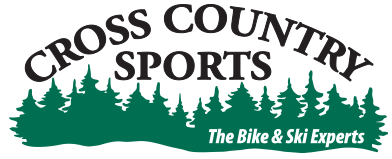Biking to School
Bike riding is a great way to get to and from school, when children are ready. Teaching your kid to be a responsible bicyclist is important for their safety and for others. Here are some basic bike safety steps that can help keep them safe.
Rules of the Road. All bicycle riders should follow the basic rules of the road, which also apply to skateboards, scooters and other non-motorized vehicles:
- Ride on the right, in the same direction as traffic using bike lanes when available.
- Stop and look both ways before entering the street.
- Stop at all intersections, whether marked or unmarked.
- Respect traffic lights and stop signs.
- Before turning, use hand signals and look in every direction.
Use Your Head. Always wear a bicycle helmet, no matter how short or long the ride. The helmet should be approved by the Consumer Product Safety Commission. Be sure that the helmet fits your child properly. An ill-fitting helmet will not protect them in the event of a crash. The helmet should sit low on their forehead, about two finger widths above their eyebrows. It should sit evenly between their ears and flat on their head. Adjust the chin strap and the pads inside their helmet so it doesn’t move around side-to-side or front-to-back.
Traffic Ready? Ride with younger children, and don’t let them ride on the street. Use your judgment about letting older children ride in traffic. Consider how heavy road traffic is where they’ll be riding, how mature they are, and how well they can stay focused on traffic and follow rules of the road.
Practice Ahead of Time. Practice the bike route to school before the first day of school to make sure your child can manage it.
Be Visible. Children should only ride a bike when there is plenty of daylight. Wear white or bright-colored clothing to increase visibility. A tail light like the Bontrager Flare R will also help increase the visibility of your child while they’re riding.
Distracted Riders. Remind bike riders not to talk on the cell phone or text while riding, just like cars they are a part of traffic.
Bike Maintenance. Show your kid how to check tire air pressure, brakes, and seat height. Be sure that they have a way to contact you if they experience a mechanical and need a ride home. Be sure to supply your kid with a bike lock so they can store their bike safely at school
Don’t Forget…
Biking to school helps keep children happy and healthy. It gives them increased concentration at school as well as a stroke of independence – allowing them to get a sense of the geography of their community. Parents can support and encourage community programs with resources offered through organizations such as Safe Routes to School. These include walkability checklists to score your community, for example, national events such as Bike to School Day each spring.
